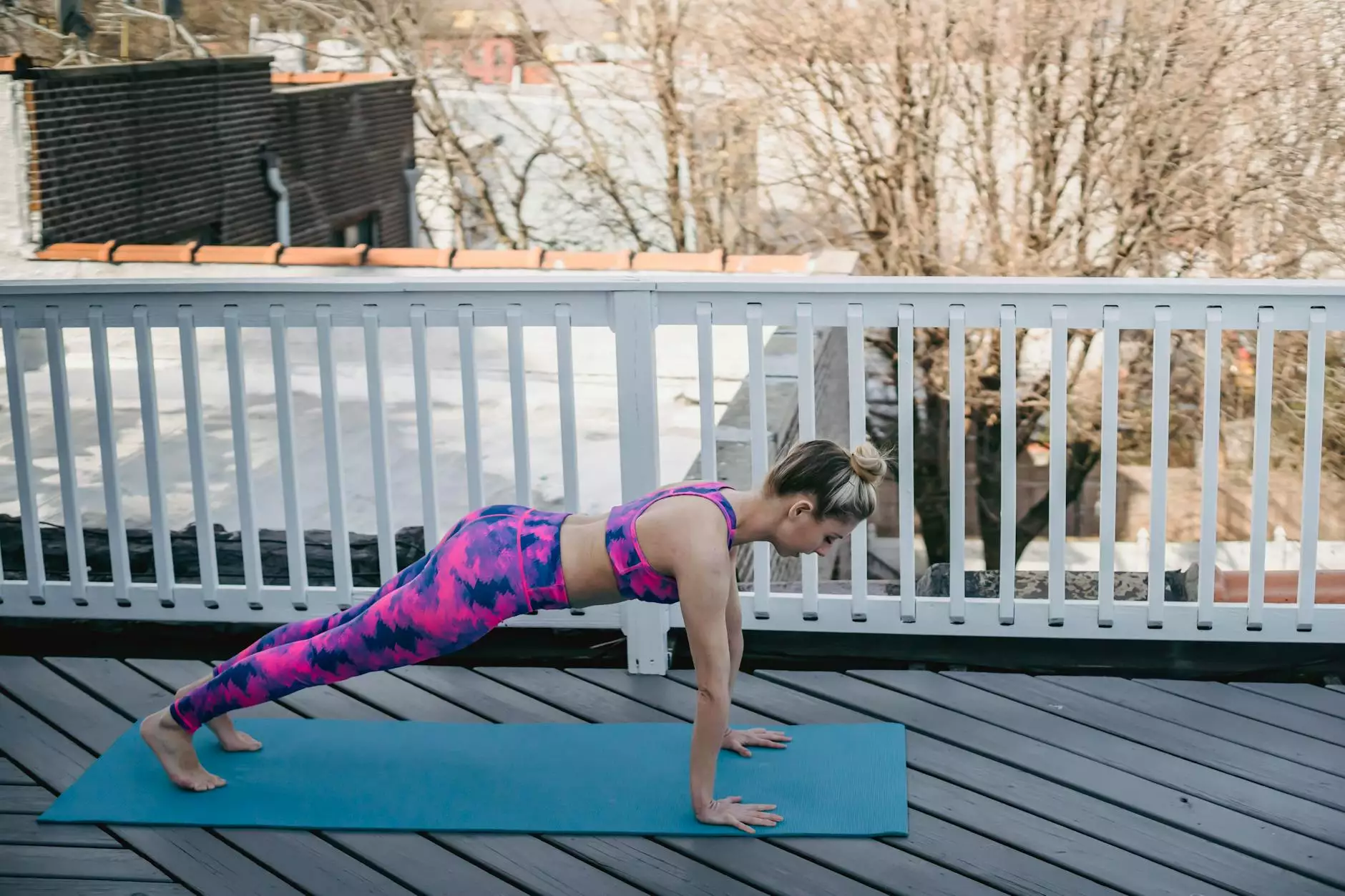Kettlebell Swing Do's and Don'ts Series

Introduction
Welcome to Body Fusion's comprehensive series on Kettlebell Swing do's and don'ts. In this series, we will guide you through the proper techniques and form for performing kettlebell swings, helping you achieve optimal results while reducing the risk of injury.
Why Kettlebell Swings?
Kettlebell swings are one of the most effective exercises for strengthening and toning your entire body. They engage multiple muscle groups, including your hamstrings, glutes, core, and shoulders, providing a full-body workout in a single exercise.
Proper Technique
Mastering the correct technique is crucial to ensure you get the most out of your kettlebell swing workouts. Here are the key dos and don'ts to keep in mind:
1. Dos
- Do maintain a neutral spine: Keep your back straight throughout the exercise, maintaining a natural arch in your lower back.
- Do engage your core: Activate your core muscles by pulling your belly button in towards your spine. This helps stabilize your body and protect your lower back.
- Do drive power from your hips: Generate power by hinging at the hips and using the force of your glutes and hamstrings to swing the kettlebell upwards.
- Do maintain a smooth, controlled swing: Avoid using momentum or relying solely on your arms. The power should come from your hips.
2. Don'ts
- Don't round your back: Keep your back straight and avoid rounding your shoulders to prevent strain on your spine.
- Don't use your arms to lift the kettlebell: Remember that the power in the swing comes from your hips, not your arms. Your arms should act as a link between the kettlebell and your hips.
- Don't squat or excessively bend your knees: The kettlebell swing is a hip-dominant exercise, so the movement should primarily come from your hips, not your knees.
- Don't let the kettlebell swing too low: Keep the swing controlled, avoiding excessive swinging that may strain your lower back or cause injury.
Tips for Beginners
If you're new to kettlebell swings, it's important to start with lighter weights and practice the proper technique before progressing to heavier loads. Here are a few additional tips for beginners:
- Focus on mastering the hip hinge: Proper hip hinge is the foundation of a good kettlebell swing. Practice hinging at the hips without any weights to develop the correct movement pattern.
- Start with shorter sets: Begin with 10-15 repetitions per set and gradually increase both the weight and the number of repetitions as your strength and technique improve.
- Work with a certified trainer: Consider working with a certified kettlebell instructor who can provide personalized guidance and ensure you are performing the exercises correctly.
Conclusion
Mastering the dos and don'ts of kettlebell swings is key to achieving optimal results and preventing injuries. Remember to pay attention to your form, engage your core, and generate power from your hips. Practice regularly, gradually increasing the weight and intensity, and you'll be on your way to building a stronger, fitter, and more resilient body.




